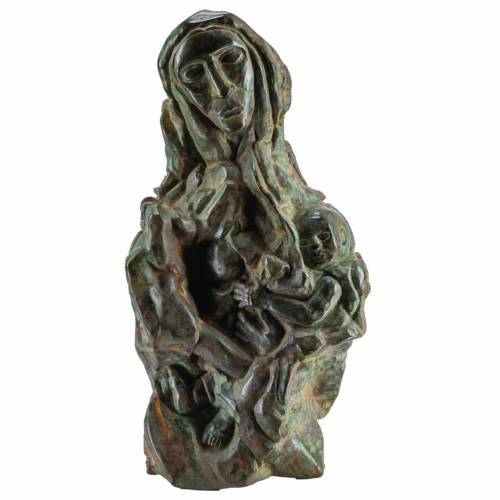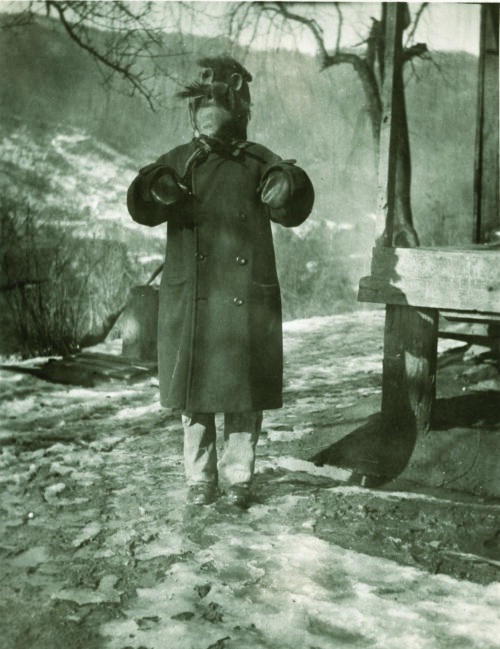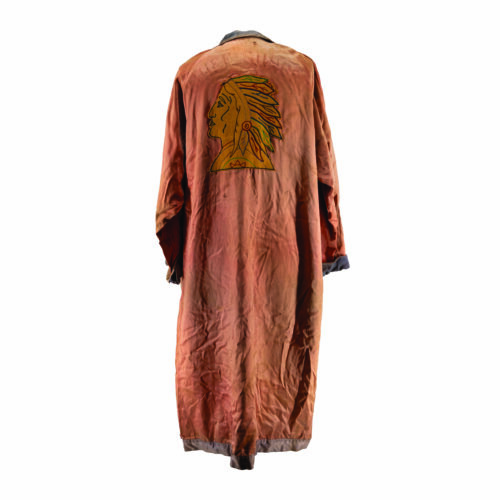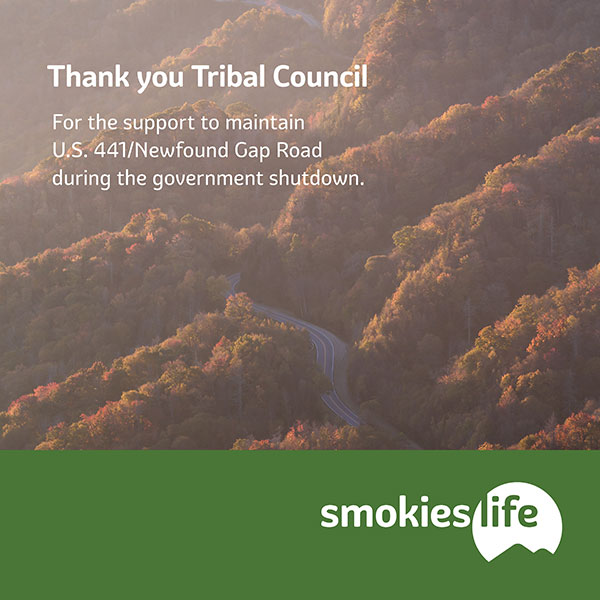By SCOTT MCKIE B.P.
One Feather Asst. Editor
CHEROKEE, N.C. – The Museum of the Cherokee People is examining many sides of the issue of tribal sovereignty in a new exhibit, entitled “sov*er*eign*ty: Expressions in Sovereignty of the Eastern Band of Cherokee Indians (EBCI)”. It will open to the public on Friday, March 15, 2024 and is scheduled to run through the end of February 2025.
“sov*er*eign*ty is about some expressions of sovereignty throughout Eastern Band history,” said Dakota Brown, Museum of the Cherokee People director of education. “So, it takes a look at some of the different ways that we’ve expressed sovereignty throughout the years. Our focus, mainly, though, is the 20th and 21st centuries. We do focus a lot on how we built an economy here in this community and how it’s transformed over the years.”

The “Life of Tsali” will be featured in the new “sov*er*eign*ty: Expressions in Sovereignty of the Eastern Band of Cherokee Indians” exhibit at the Museum of the Cherokee People. The piece is a soapstone carving by the late Lloyd Carl Owle, an elder of the Eastern Band of Cherokee Indians. (Image courtesy of the Museum of the Cherokee People)
“I think, with our visitors, there is always a conversation about, or a misunderstanding about what sovereignty is for a tribal nation and what that looks like. Being able to talk about that with our visitors is something I’m excited about as well. We hope that it’s enriching for the community. It’s something that we haven’t really talked about here.”
On the theme for the exhibit, Evan Mathis, Museum of the Cherokee People director of collections and exhibitions, said, “With our community outreach that we did, the community listening sessions, that’s one of the themes that continually comes up over and over and over again is that people don’t know the history of the Eastern Band’s sovereignty, separate from the Cherokee Nation, so that’s a motivation to tell the story.”
“I mostly started looking at things that were associated with previous chiefs or previous council members or leaders in the community.”
One item is a soapstone carving entitled “The Life of Tsali” that was made by the late Lloyd Carl Owle, an EBCI tribal elder. Of the piece, Mathis noted, “The reason I selected this piece was Tsali’s contributions to the sovereignty of the Eastern Band are kind of misunderstood and misinterpreted by a lot of people. So, this is a really beautiful piece of art that will help people to kind of contemplate and research more about what his real story was. Also, it’s a good way to honor Lloyd Carl Owle who just passed away. The other thing is that the only other object in the Museum that we have that was associated with Tsali before was the gun that killed him. So, it’s cool to have a piece that reflects on his life and what that would’ve looked like rather than his tragic death.”
Brown commented, “A lot of our changing exhibits have been very art-focused so to be able to tell a story in this way is a little bit different for us…a theme-based approached exhibit is something that we want to move towards to be able to tell our stories and this is an example of this. And, I think that this is an opportunity for us to kind of explore what that’s going to look like and what a theme-based approach can be towards an exhibit. I think we’re excited to do that and especially explore sovereignty.”
Mathis expounded on the exhibit’s theme, “What Shana (Bushyhead Condill) says all the time is that we’re not a history museum, we’re not an art museum, we’re not a natural history museum, we’re all of those things. So, there’s so many ways to tell important stories other than just being a history timeline.”

This photograph, which will be featured in the exhibit, shows a man wearing a Bear Dance Mask. He is standing next to the house of the late Will West Long in Kolanvyi (Big Cove) in 1936. (Image courtesy of the Penn Museum)
“We do have a lot of objects that have never been exhibited before that have been donated within the last two years…so we’re really excited to show some of the pieces that have never been exhibited before.”
Some of the items contained in the exhibit focus on tourism – a mainstay of the economy of the EBCI for decades – with some items having been made at The Cherokees, a now-defunct company that made items for the tourist trade.
Brown noted, “I think it (items from The Cherokees) gives us an opportunity to have some conversations about the intentionality that we took with developing The Cherokees as a way to generate not only jobs for the community but also a product that came out of our community that we then sold in this community. Although it was based heavily on stereotypes, I think one of the things that we really want to focus on is telling the story about why that was important and why that was the decision that was made for our community at that time – how it impacted us and impacted our community from then on. At that point, it completely changed how we were able to make a living here in this community.”

This wrestling robe will be featured in the exhibit. It was worn at professional wrestling events by the late Osley Bird Saunooke, former Principal Chief of the Eastern Band of Cherokee Indians. (Image courtesy of the Museum of the Cherokee People)
This exhibit aims to explain the concept of sovereignty, but at its core, it is about storytelling. Brown said, “We say a lot that we’re a museum of a people and that telling those stories that haven’t been told before is something that we’re interested in doing. And, I think that this story hasn’t been told in this way yet for our organization. So, I’m excited that we’re thinking about new ways to approach that conversation and to approach telling our story as a people.”
“This is the first changing exhibit that we’ve only featured our collections. Most of our changing exhibits have been focused on showing mostly contemporary art within our community, but we’ve had a lot of pieces in the past that were loaned to us by other folks and things like that for us to show in our changing exhibit spaces. So, this is one of the first times that we’ve done a changing exhibit that’s entirely from our collections. I’m really excited about that because some of the items that we’re exhibiting I didn’t even know that we had in our collections.”
Mathis said, “There’s going to be a lot of interesting objects to look at and consider sovereignty from various perspectives.”
For more information about the Museum of the Cherokee People, visit: https://motcp.org




